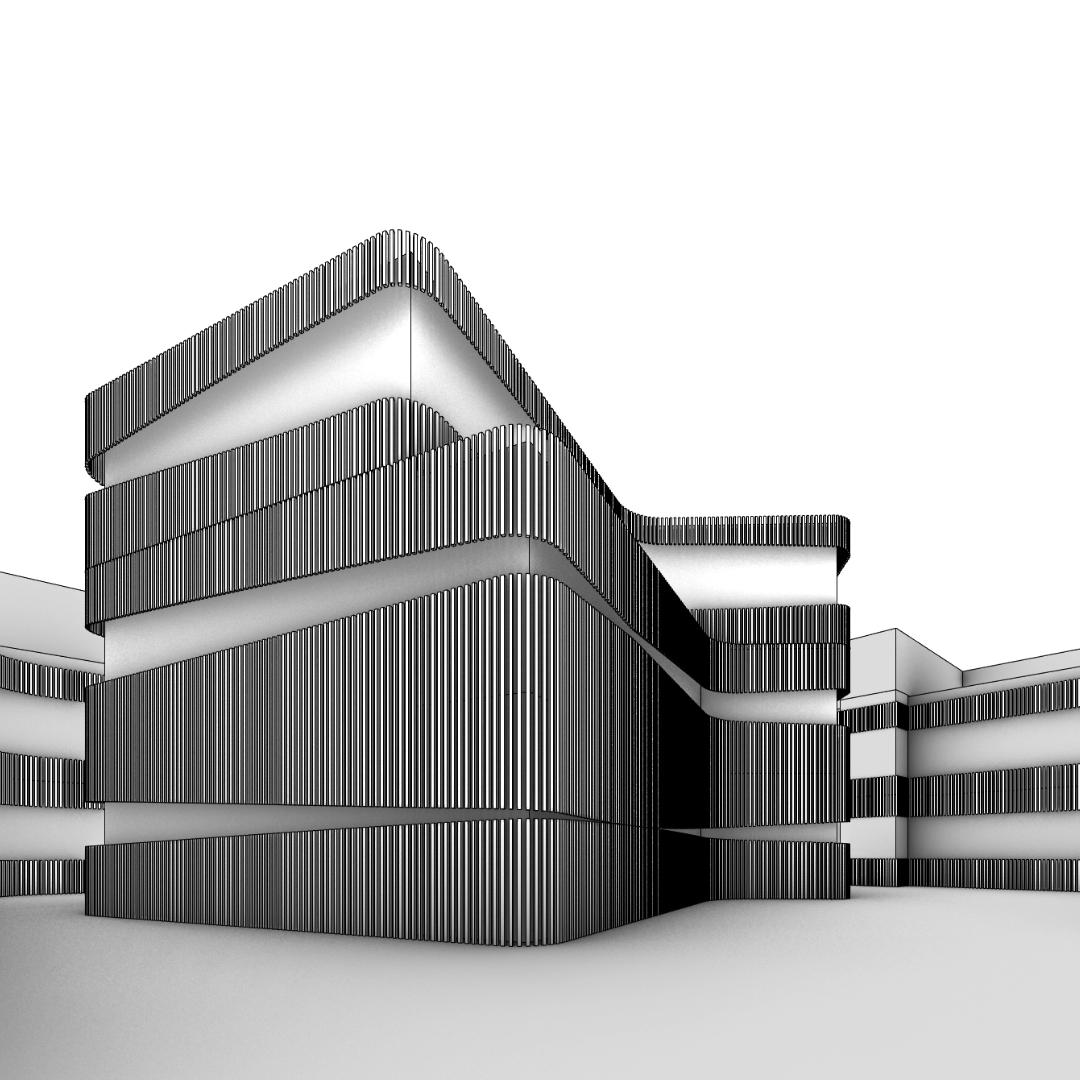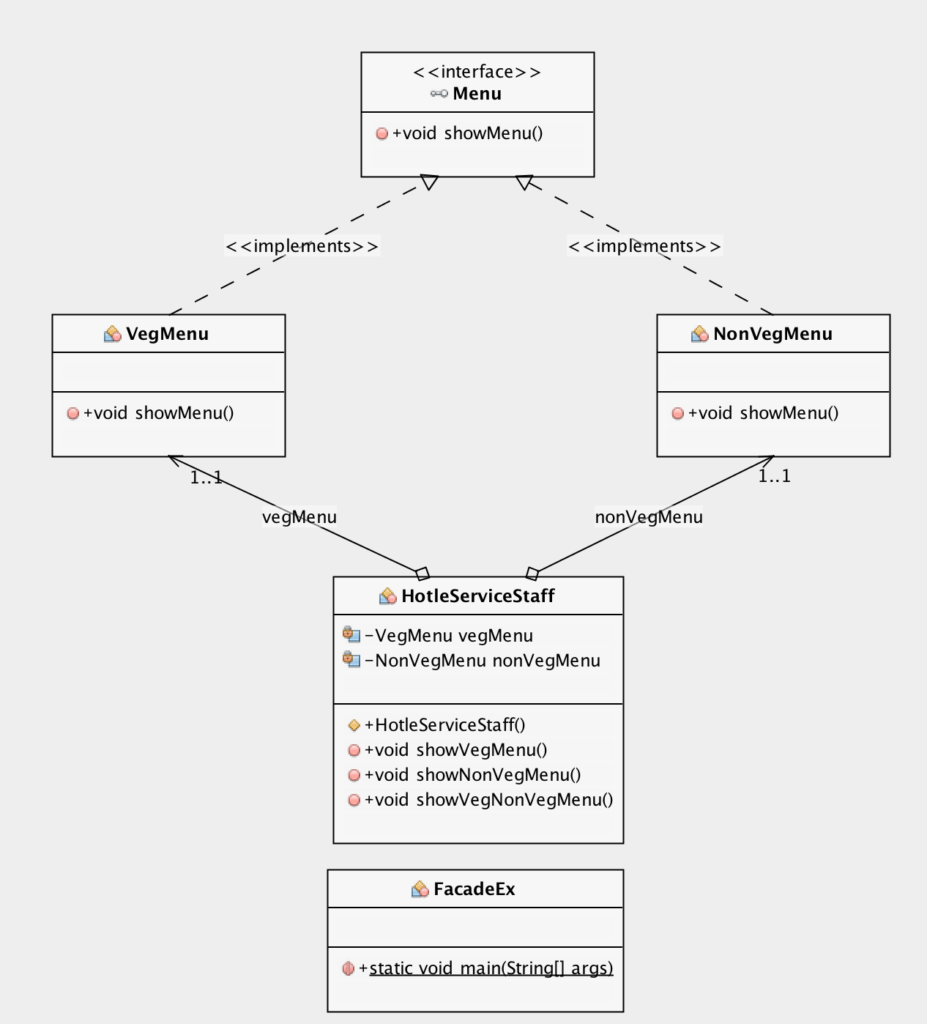Table Of Content

We can create any number of facades for a particular complex subsystem. Similarly, we can find a lot of more examples which hide lots of internal complexities and provide simple to use interface to the programmer to work with the system. While we have covered the Facade design pattern’s basics and applied it to some common scenarios, let’s explore its usage in more complex, real-world situations. We could create an ECommerceFacade class that wraps around these subsystems and provides simpler methods to interact with them. If clients are dependent on direct access to certain classes of the sub-system, this can also be granted in the facade pattern model. In this case, only the visibility of the sub-system needs to be programmed so that a client can bypass the facade if necessary.
Problem Statement for the Facade Method Design Pattern
Rather than interacting with each class directly, you can introduce a Facade class to encapsulate the whole subsystem. This Facade becomes the entry point to the subsystem and provides a simple interface, thus abstracting away the complexities. It provides a simplified and unified interface to the subsystem. The Facade delegates Client requests to appropriate objects within the Subsystem; the Client typically does not interact with them directly. Use this pattern to simplify the problem when there are multiple complex subsystems and interacting with them individually is really difficult/cumbersome. The Factory Method design pattern is a creational design pattern that uses factory methods to create objects.
Reduced Visibility of System Complexity:
It’s often used in frameworks to provide a more straightforward interface to complex code. Facade Pattern provides a unified interface to a set of classes in a subsystem. The primary intent of Facade is to make a more straightforward interface. For example, Facade routinely wraps multiple objects and could front-end a single complex object. Facade discusses encapsulating a complex subsystem within a single interface object. This reduces the learning curve necessary to successfully leverage the subsystem.
Interactive kinetic façade: Improving visual comfort based on dynamic daylight and occupant's positions by 2D and 3D ... - ScienceDirect.com
Interactive kinetic façade: Improving visual comfort based on dynamic daylight and occupant's positions by 2D and 3D ....
Posted: Fri, 06 Sep 2019 06:15:49 GMT [source]
Facade Design Pattern in Java
As you can see that using Facade pattern interface is a lot easier and cleaner way to avoid having a lot of logic at client side. JDBC Driver Manager class to get the database connection is a wonderful example of facade design pattern. Now, we are hiding the complexity of creating the different subclass objects and calling their respective methods with the help of the Facade class. Now, the client will use this Facade class and call the PlaceOrder method to place an order. The PlaceOrder method takes all the responsibility for placing an order.
Facade pattern: advantages and disadvantages
Sometimes you may decide to implement more than one facade to provide subsets of functionality for different purposes. Facade Design Pattern is a structural design pattern that provides a simplified interface to a set of interfaces in a subsystem, making it easier to use. It provides a simple interface to clients i.e. instead of presenting complex subsystems, we present one simplified interface to clients. It can also help us to reduce the number of objects that a client needs to deal with. A facade is a class that provides a simple interface to a complex subsystem which contains lots of moving parts. A facade might provide limited functionality in comparison to working with the subsystem directly.

The Art of Decorating: Applying the Decorator Design Pattern in Real L...

Then, if everything is fine (i.e. if the Product is available in stock), you need to make the Payment. To do this, the Client needs to create an instance of the Payment class and need to call the MakePayment method. If Payment is successful, then we need to send the Invoice to the customer and to do so, the Client needs to create an instance of the Invoice class and call the SendInvoice method.
In other words, it is a wrapper class used to hide the implementation details. However, the use of the facade design pattern has some disadvantages. Because of its central role, the implementation of a facade is a tedious and complicated task, especially if it has to be inserted into existing code.
Structural code to show the implementation of Facade design pattern in C#
Buy the eBook Dive Into Design Patterns and get the access to archive with dozens of detailed examples that can be opened right in your IDE. Over-simplifying a system means that the developer is over-restricted, therefore less freedom than necessary which not always a good thing. Under-simplifying Facade pattern means that there is too much freedom which makes the Facade pattern irrelevant. Finding the fine balance is what makes a good, useful and effective Facade pattern. Behind the scenes, many other car systems are involved (as battery, engine, fuel, etc.), in order the car to start successfully, but they are hidden behind the starter.
Read on if you want to know more about what facades are when you should use them, and how to implement them. The next blog will be a quick guide to the Observer design pattern. It is a behavioral pattern which is a must have to your knowledge repository. This is to give me the satisfaction that I helped some fellow developers and push me to keep on writing. If there is a specific design pattern that you would like to learn about then let me know so I can provide it for you in the future.
In our example, the Subsystem classes will be the Product, Payment, and Invoice classes, and each class will have its own responsibility. So, let’s create the above three classes and implement their responsibility. Let us understand the class diagram (or UML Diagram) and the different components of the Facade Design Pattern. Please look at the following image to understand the Facade Design Pattern class diagram.
Below is the restaurant façade class, which will be used by the client to order different pizzas or breads. Thus, Façade is a general term for simplifying the outward appearance of a complex or large system. The class that is going to use the Facade class is nothing but the client.

No comments:
Post a Comment